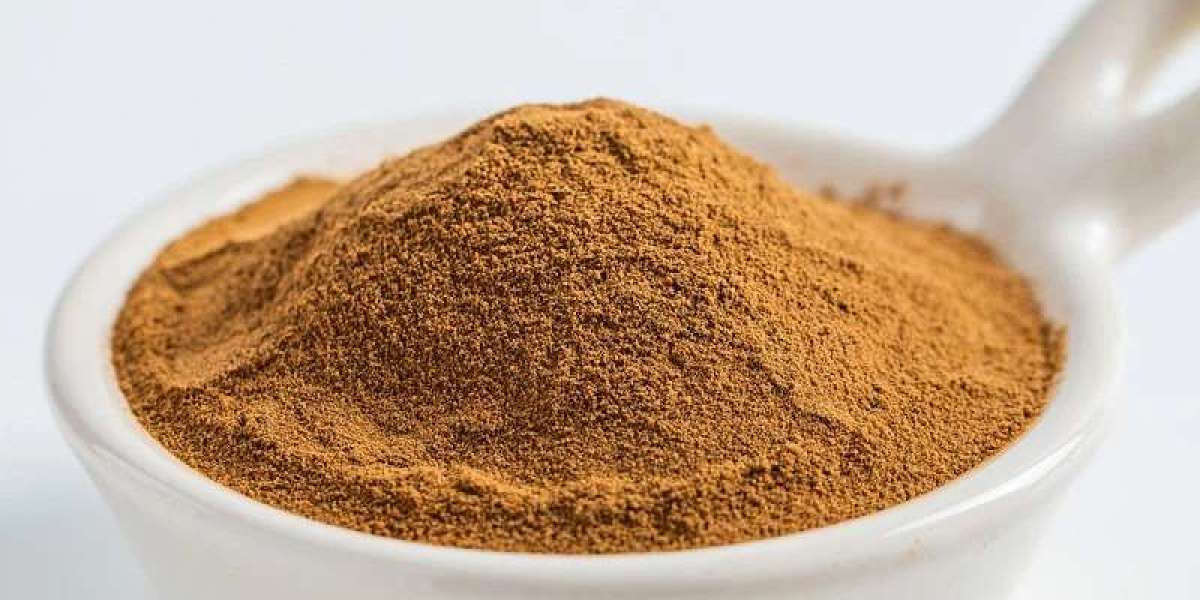The Toasted Treasure: Unveiling the Warmth and Versatility of Hojicha Powder
Among Japan’s rich tapestry of tea traditions, one variety quietly stands apart with its comforting aroma, earthy flavor, and inviting hue—Hojicha Powder. Unlike its vibrant green cousins like matcha and sencha, hojicha is a unique roasted green tea that brings an entirely different character to the cup and kitchen. Its powder form has recently captured the interest of chefs, baristas, and health-conscious consumers alike, offering both tradition and innovation in one toasty spoonful.
This article delves into the world of hojicha powder: what makes it different, its cultural roots, flavor profile, health benefits, and the endless ways it can be used in modern culinary creations.
What is Hojicha Powder?
Hojicha powder is a finely ground version of roasted green tea, traditionally made from bancha, sencha, or even kukicha (twig tea). Unlike matcha, which is shaded and unroasted, hojicha undergoes a high-temperature roasting process that transforms its color from green to reddish-brown and imparts a smoky, nutty, caramel-like flavor.
After roasting, the leaves are cooled, dried, and ground into a fine, reddish-tan powder. This powder form allows for easy incorporation into both beverages and recipes, similar to how matcha powder is used—but with a toasty twist.
A Journey Through Time: The Origins of Hojicha
Hojicha traces its roots back to Kyoto in the 1920s, where it was created as a solution for repurposing leftover tea leaves, stems, and twigs. By roasting them over charcoal, tea vendors discovered a rich, aromatic tea that was gentler on the stomach and delightfully different in taste.
This economical and flavorful tea quickly became a household favorite across Japan, especially among children and the elderly, due to its low caffeine content and comforting qualities. Over the decades, hojicha evolved from humble origins to a celebrated choice in cafes and gourmet kitchens.
The Flavor Experience: Warm, Nutty, and Smooth
The most defining feature of hojicha powder is its toasty aroma and mellow taste. It has a subtle smokiness, hints of roasted nuts, and a touch of sweetness. Unlike matcha’s grassy boldness or sencha’s vegetal brightness, hojicha is more reminiscent of roasted barley or coffee—rich and warming without bitterness.
This makes hojicha incredibly appealing to those who want the depth of tea without the astringency often associated with green teas. It’s also naturally low in caffeine, making it suitable for evening sips or for those with caffeine sensitivity.
Nutritional Profile: Wellness in a Warm Cup
Though hojicha loses some catechins (antioxidants) during roasting, it retains many of the health benefits associated with green tea:
- Low Caffeine: Hojicha contains significantly less caffeine than matcha or black tea, making it ideal for children, pregnant women, and evening relaxation.
- Rich in L-Theanine: This amino acid promotes calmness and focus, balancing mood and reducing stress.
- Digestive Aid: The roasting process makes hojicha gentler on the stomach, supporting digestion and easing acid reflux.
- Antioxidants: Though reduced compared to matcha, hojicha still offers polyphenols that help fight inflammation and free radicals.
How to Use Hojicha Powder: A Culinary Chameleon
Thanks to its fine texture and soluble nature, hojicha powder has found its way into both traditional and contemporary recipes:
In Beverages:
- Hojicha Latte: Made with steamed milk or dairy alternatives, it’s a cozy alternative to coffee or matcha lattes.
- Iced Hojicha: Refreshing yet aromatic, perfect for summer afternoons.
- Hojicha Espresso: A bold shot of tea flavor that can replace espresso in drinks like hojicha cappuccinos or macchiatos.
In Baking:
- Hojicha Cakes: Adds a roasted depth to sponge cakes, pound cakes, and chiffon cakes.
- Cookies and Muffins: Offers a unique toasted flavor that complements nuts, caramel, or dark chocolate.
- Puddings and Custards: The smoky notes blend beautifully with creamy textures, enhancing vanilla and brown sugar bases.
In Desserts:
- Ice Cream and Gelato: Hojicha’s warm flavor profile makes it a natural fit for frozen desserts.
- Tiramisu Variants: Substitute hojicha for espresso for a gentle, earthy reinterpretation.
- Hojicha Truffles: Combine with cream and chocolate for elegant, tea-infused confections.
In Savory Dishes:
- Spice Mixes: Blend hojicha powder with sea salt, pepper, or paprika to create unique rubs and seasonings.
- Soup Bases: Add a small amount to broths for a nuanced smoky background flavor.
- Rice Seasoning: Mix into furikake or sprinkle over steamed rice for an umami-rich finish.
Comparing Hojicha with Matcha: A Tale of Two Powders
While both hojicha and matcha come from the same tea plant (Camellia sinensis), their differences are dramatic:
Feature | Matcha | Hojicha |
Color | Bright green | Reddish-brown |
Flavor | Grassy, vegetal, slightly bitter | Nutty, smoky, mellow |
Caffeine | High | Low |
Aroma | Fresh, herbal | Toasty, roasted |
Use | Morning energy, ceremonial | Evening calm, culinary delight |
These contrasts make hojicha a perfect complement to matcha rather than a replacement. Many tea lovers enjoy both for different moods and times of day.
Storage and Quality Tips
Hojicha powder, like all tea products, is sensitive to air, light, and moisture. For best results:
- Store in an airtight, opaque container.
- Keep it in a cool, dry place, away from sunlight.
- Use within 3 to 6 months for optimal flavor.
When purchasing hojicha powder, opt for authentic Japanese sources, particularly those from Kyoto or Uji, where traditional roasting methods are preserved.
The Modern Rise of Hojicha
In recent years, hojicha has gained significant attention outside of Japan. Specialty cafes from Los Angeles to London now offer hojicha-based drinks and desserts. Its low-caffeine profile and cozy flavor appeal to a growing audience looking for healthier, less jittery alternatives to coffee.
Social media and foodie blogs are also abuzz with hojicha-flavored creations, from crepe cakes to frappes, showcasing the powder’s incredible versatility.
Final Whisk: A Toast to Hojicha Powder
In a tea world often dominated by green matcha and black brews, hojicha powder offers a quietly confident alternative. With its deep, roasted character, gentle caffeine content, and diverse culinary potential, it’s both comforting and creative. Whether you’re sipping it warm by the window or whisking it into your next dessert masterpiece, hojicha invites you to slow down, savor, and appreciate tea in an entirely new light.
As more people seek balance, warmth, and mindful ingredients in their daily rituals, hojicha powder is emerging not just as a trend—but as a timeless toasted treasure. Click here to view more details https://www.ct-matcha.com/



